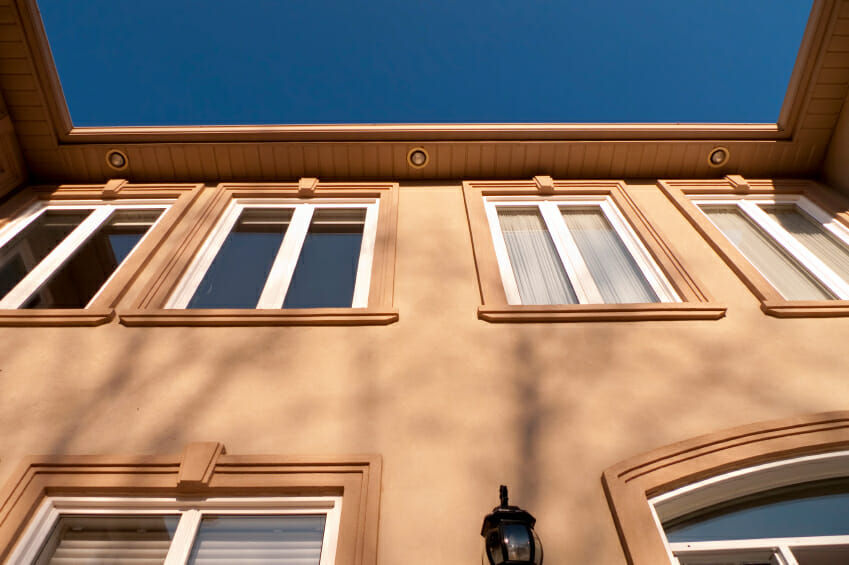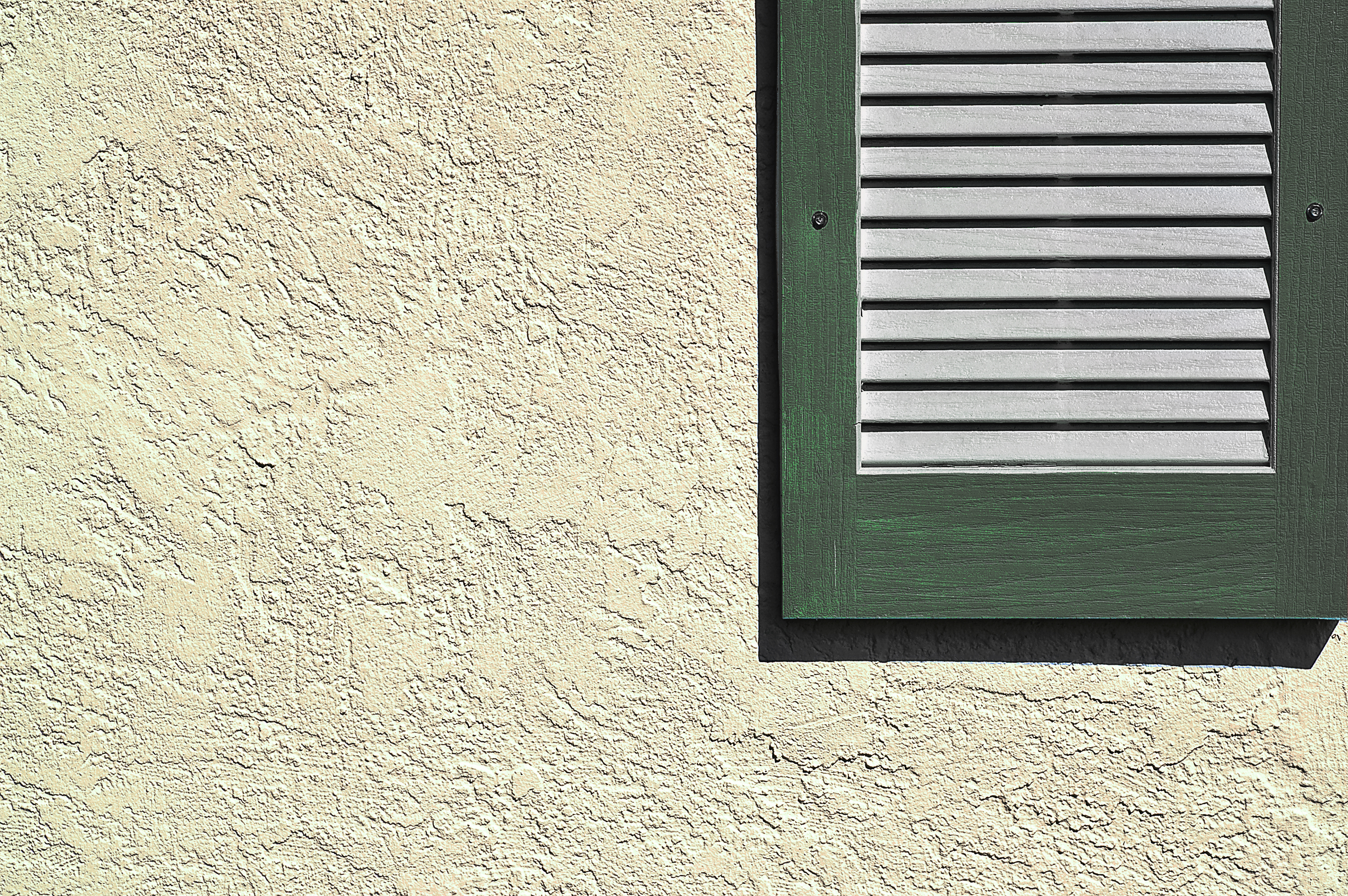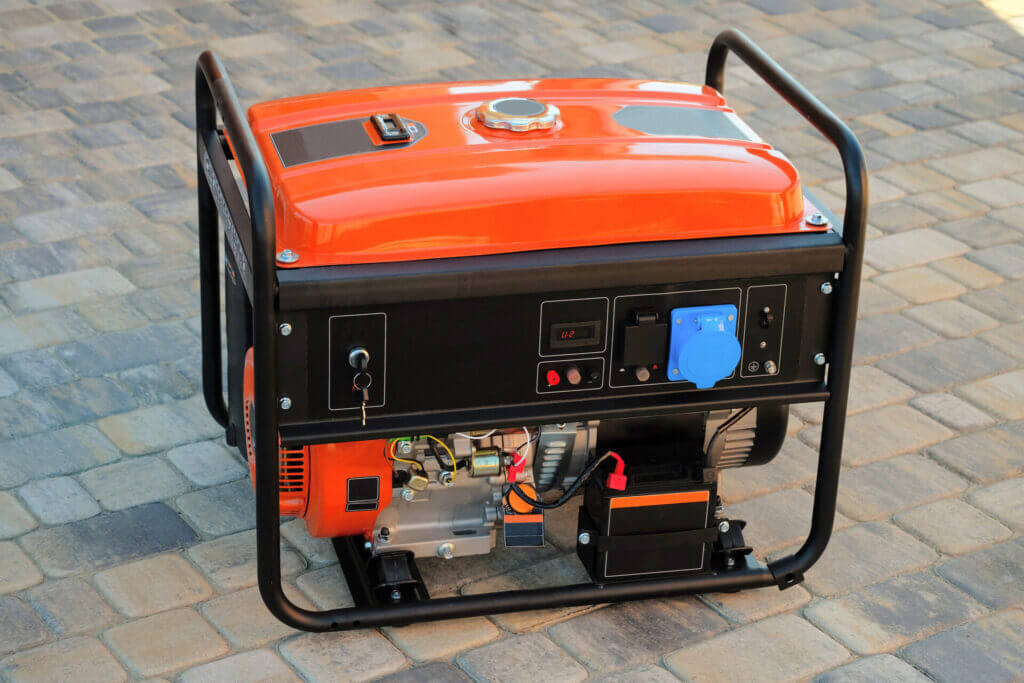Are you doing a siding project?
Modernize can pair you with three to four pros in your area, so you can compare options and save time and money.
Any home improvement project has its uncertainties. How much will it cost? How long will it take? Will there be any surprises when you start to build? If you’ve decided to re-side your home with stucco, know one thing for sure: you’ll have tons of stucco finishing options to explore. From simple waves to smooth, flat surfaces or finishes made to mimic brick and stone, the possibilities are endless. Stucco walls can also be painted, stained, or mixed with pigments for a fresh and personalized look. Let’s dive into everything you need to know!

A Quick Primer on the Stucco Replacement Process
Siding a home in stucco is a pretty labor-intensive process. If your home’s walls are made out of concrete, brick, stone, or any other type of masonry, the stucco will adhere directly to the walls. If it’s wood, however, the workmen will need to create a scratch coat by laying a metal lathe around the wood.
After that, they’ll generally apply three layers of stucco. The first layer adheres the stucco to the building wall. The second coat called the brown, evens out the surface, and the last coat is where they’ll add the finish. Texture is applied either by hand using a trowel, or sprayed with a stucco sprayer connected to an air compressor. Can you guess which one is more labor-intensive? (Trick question: they both are.) Thankfully, once all that work is done, you can typically expect your stucco siding to last about 50 to 80 years—that’s a long time for a building material!

The Textures
Stucco finishes come in a wide range of options, with over 30 distinct textures available. Here, we’ll explore the most popular choices. Keep in mind that contractors specializing in plaster installation may offer even more ideas.
Cat Face
Also known as Montalvo or California finish, the Cat Face texture starts with a rough layer of stucco that is spread over the surface and allowed to dry. A second, smooth layer is then applied, with breaks that let the first textured layer show through—creating the “cat faces” that give this finish its name.
Dash
The Dash texture features a rough, sandy coat applied by flinging stucco cement onto the surface with a dash brush. This option is easier to patch because matching the texture is relatively simple.
Lace
Lace is a classic stucco texture. Workmen spray stucco cement onto the surface and then smooth it out with a trowel, creating deep, lacy rivulets. This texture helps hide flaws in the wall and adds an elegant touch.
Find the Right Contractor for Your Siding Project
Whether you’re ready to begin your project now or need some expert advice, our network of contractors are here to help. With a few simple questions, we’ll find the best local professionals for you
Sand or “Float”
This finish involves applying a final coat of stucco by hand using a plaster float, which resembles a trowel with a sponge attached. The technique creates a rough, almost popcorn-like texture.
Smooth or Scraped
Smooth or scraped stucco surfaces are popular for modern homes. The finish is created by smoothing the surface by hand with a trowel. This texture provides an excellent base for staining your siding.
Worm
The Worm texture is made with a special aggregate mixture that is hand-troweled and rubbed onto the surface in a circular motion. The result is smaller indentations, similar to a worm colony, that resemble the lace texture but on a smaller scale.
Santa Barbara
A modern favorite, the Santa Barbara finish features a smooth surface with slight texture that adds unique character and depth.
Combed
Combed stucco has thin, narrow ridges that resemble the pattern of a comb. The lines can be swirled or looped for a more decorative effect.
With so many stucco finishing options, you can choose the one that best suits your style and the needs of your home.

The Finishes
On top of all the choices for texture, you can add color to your stucco walls, too, using pre-colored mud or acrylic plaster, or by painting it after the surface dries.
- Colored Stucco: Forget the beiges and browns. Modern stucco can mixed in a wide range of pigments, from dusky sage to slate gray to bright yellow. The coloring agent is usually mixed into a white or gray base by your contractor. And, of course, pigmented stucco will save you time and money painting the siding in years to come.
- Paint or Whitewash: For a more classical look—and a wider range of colors—homeowners often choose to paint stucco siding. Latex exterior paint can be applied to even textured finishes with a roller and a base coat of primer. Another common approach is to whitewash the surface which gives it that traditional, adobe look. Keep in mind that painting will require a lot of upkeep—stucco usually develops small cracks as the house settles over time, so it will need to be touched up every five to ten years.
Find the Right Contractor for Your Siding Project
Whether you’re ready to begin your project now or need some expert advice, our network of contractors are here to help. With a few simple questions, we’ll find the best local professionals for you
Reviews from Real Homeowners
Welcome to Homeowner Resources! We are the Modernize blog. Modernize pairs more than 3 million homeowners a year with pre-vetted contractors in their area. This blog started because we believe homeowners should know everything about their homes, from how their HVAC works to which front door colors they might love. On Homeowner Resources, you can find information on every part of your home, right down to how you can negotiate with contractors to get the best price. Here's more about the blog.
Need a contractor? Learn more about how Modernize finds the right pro for you.



